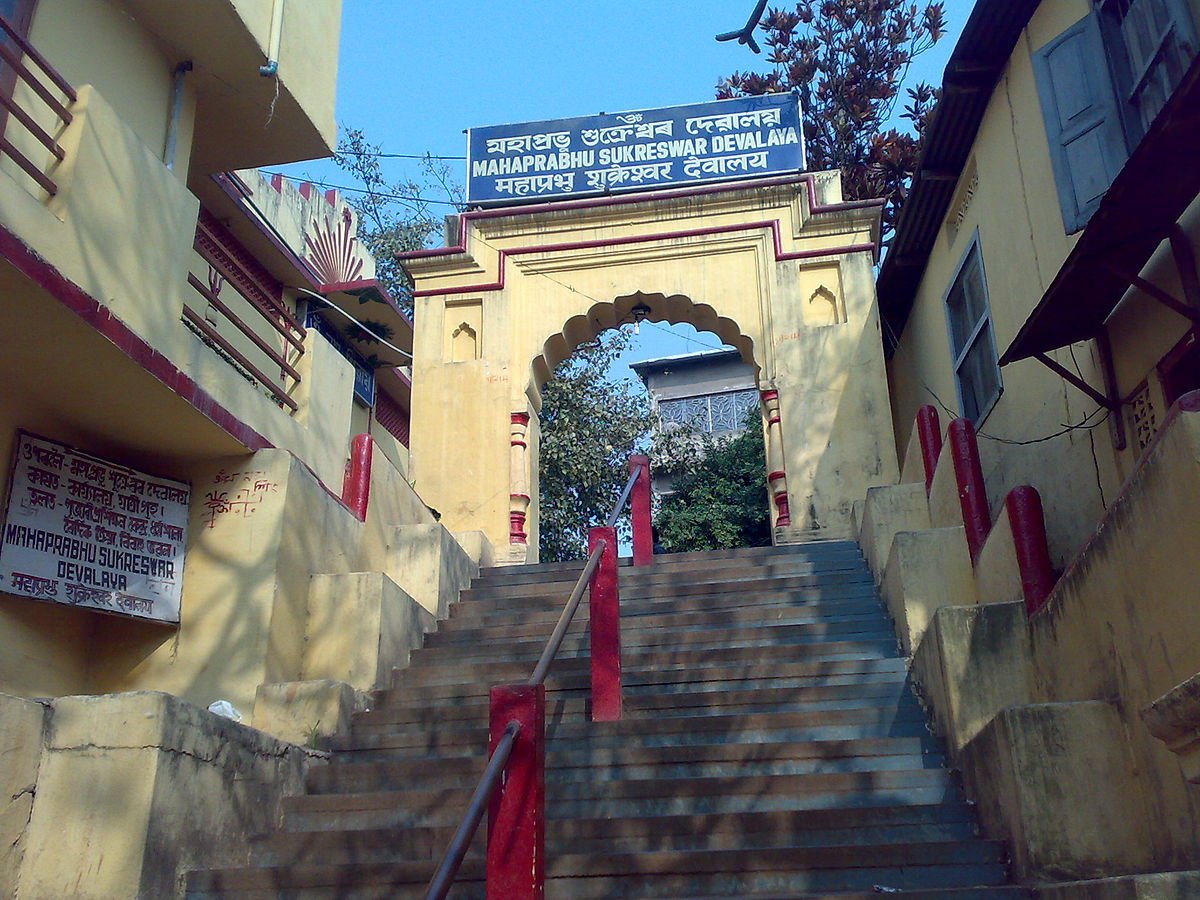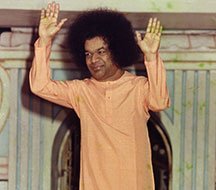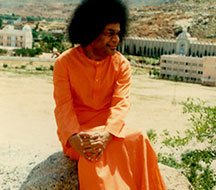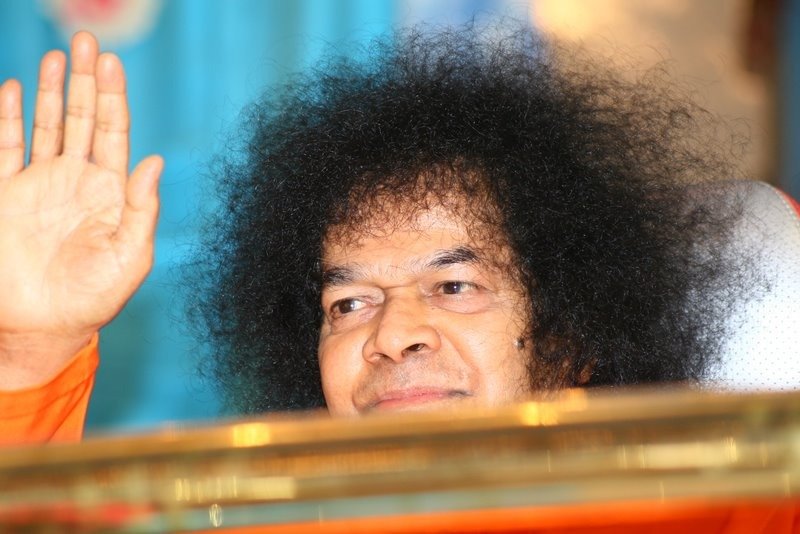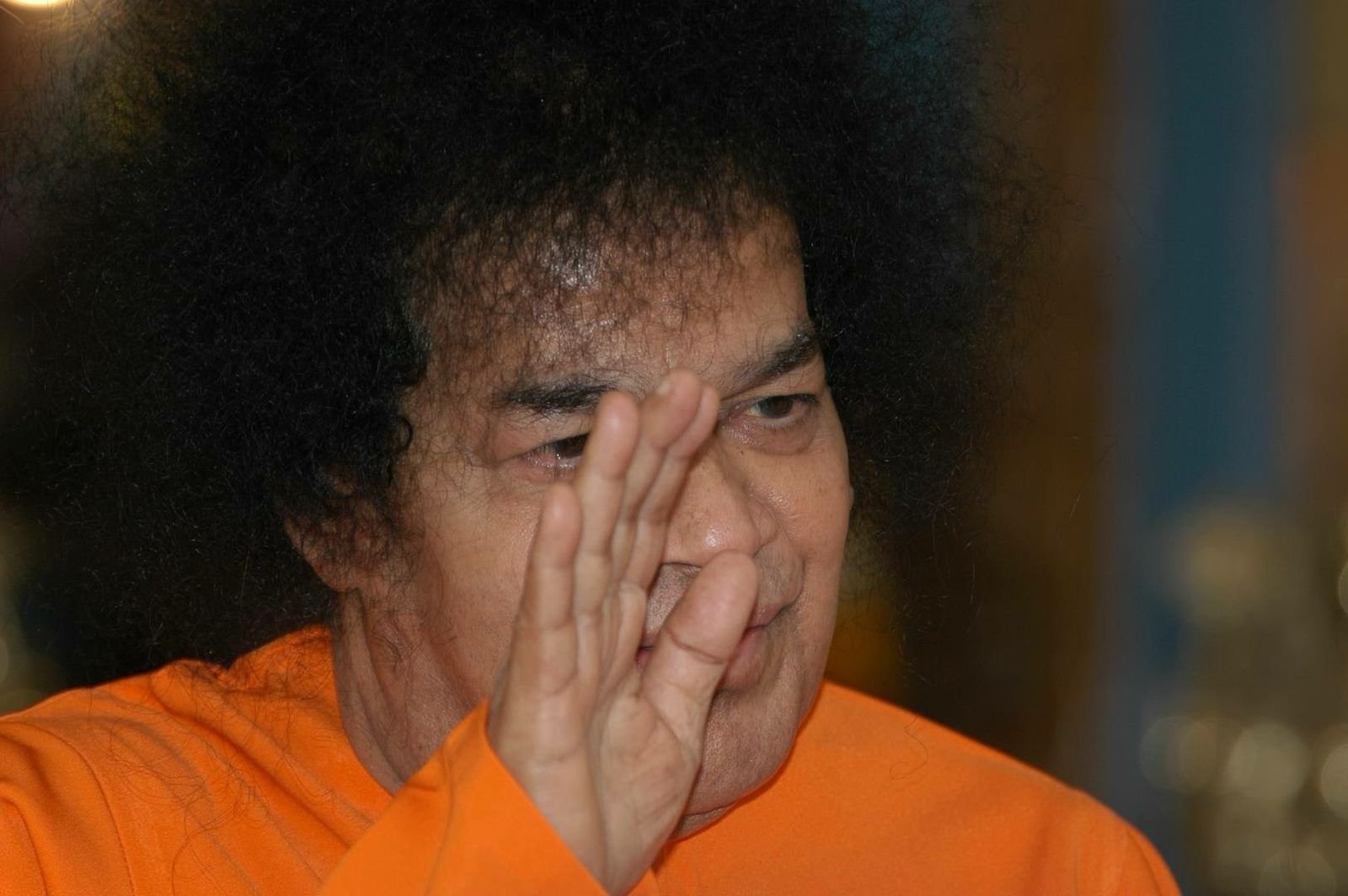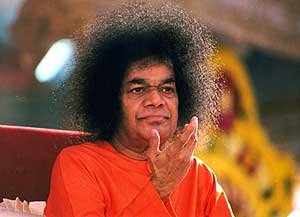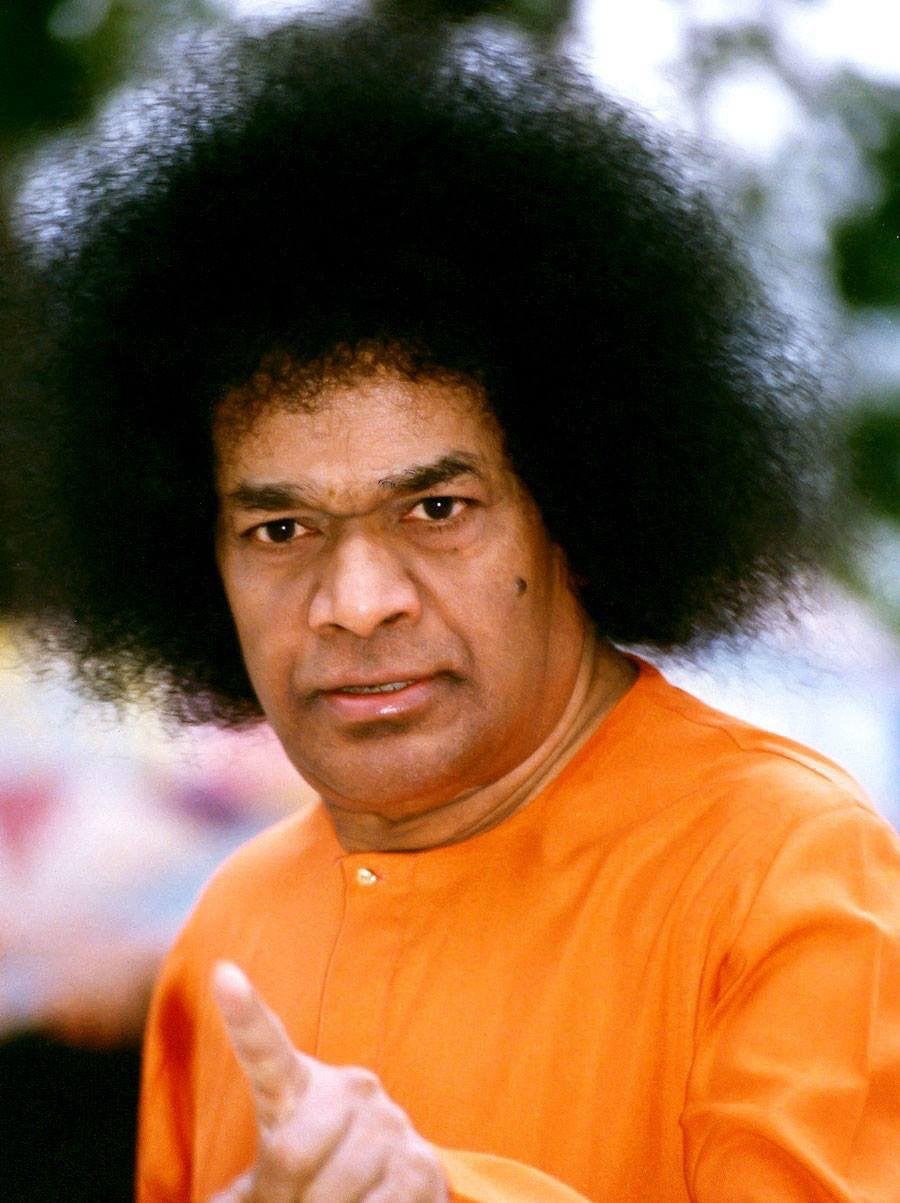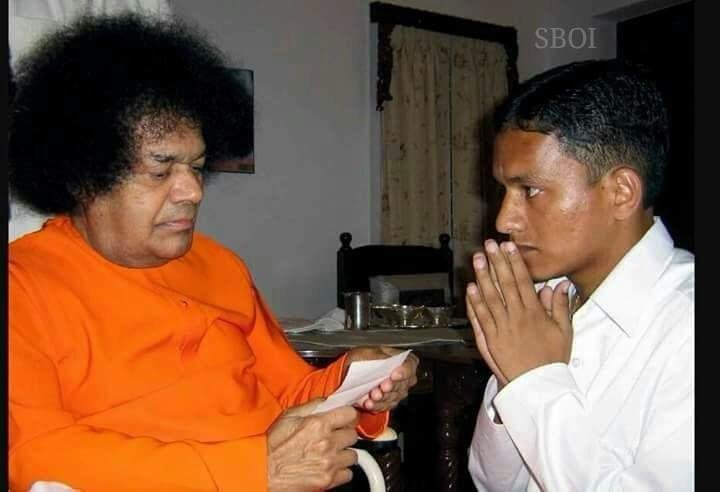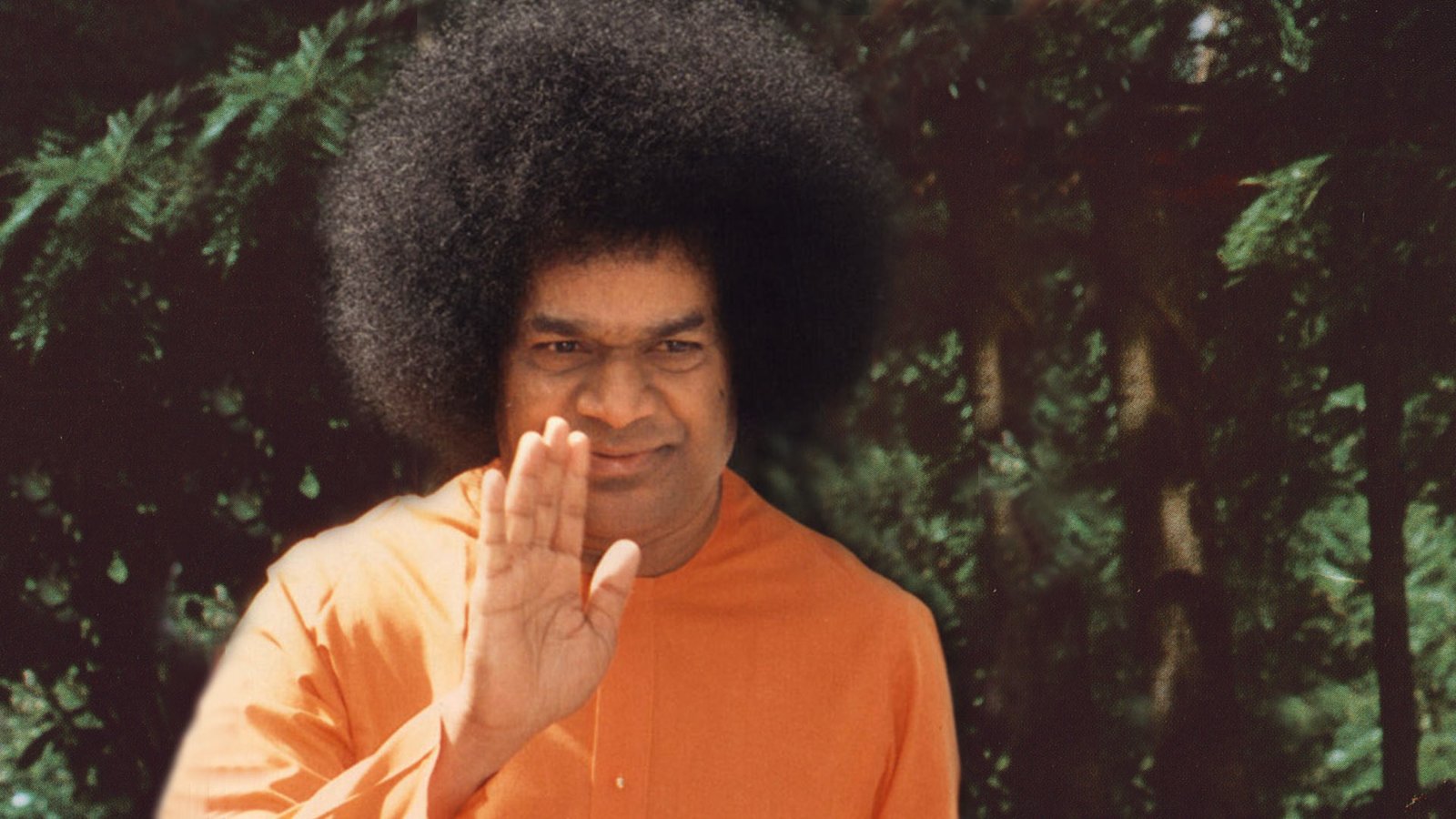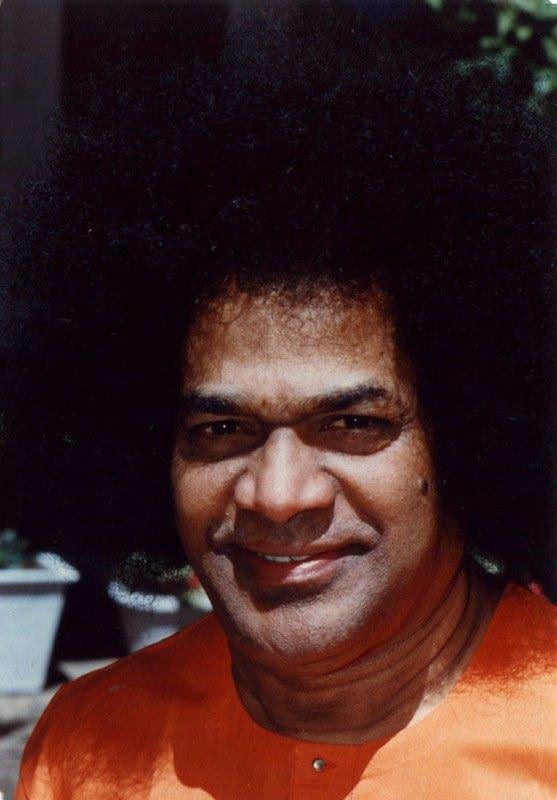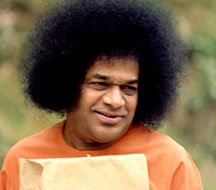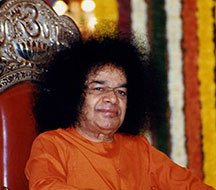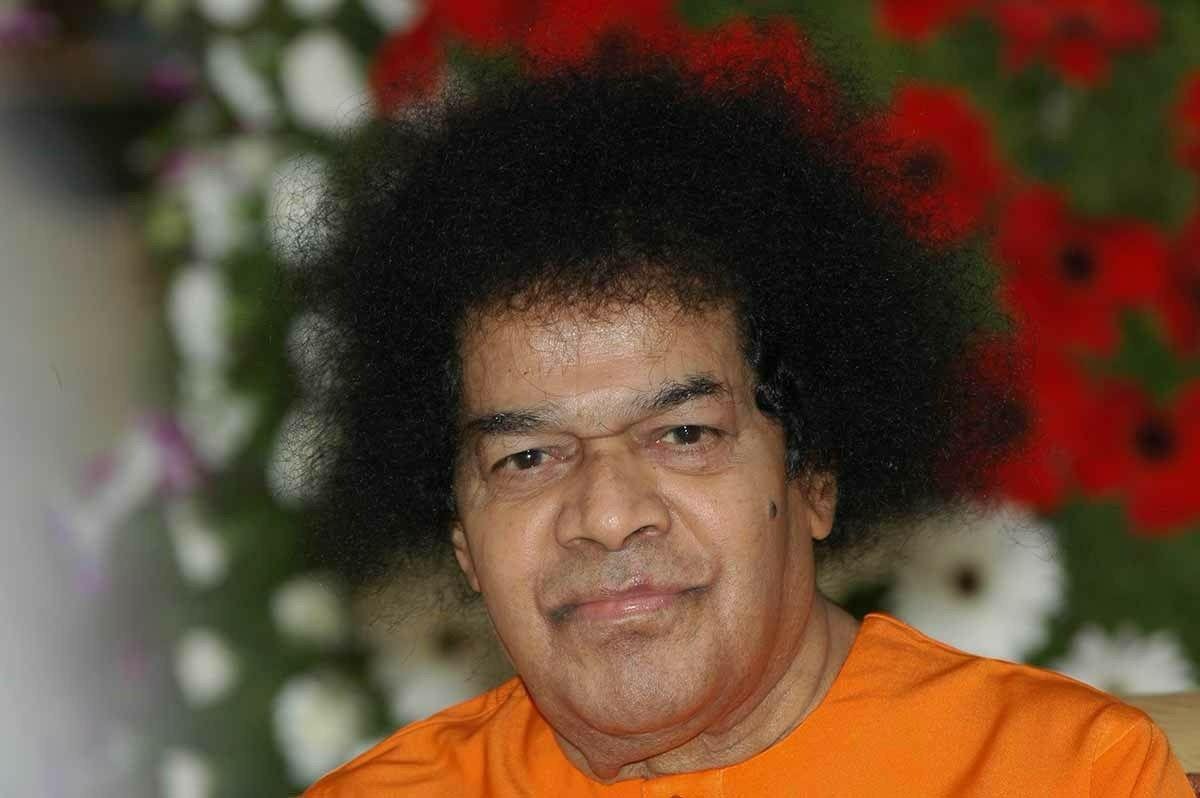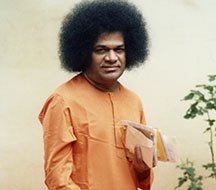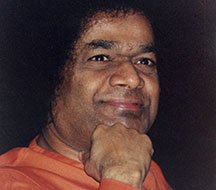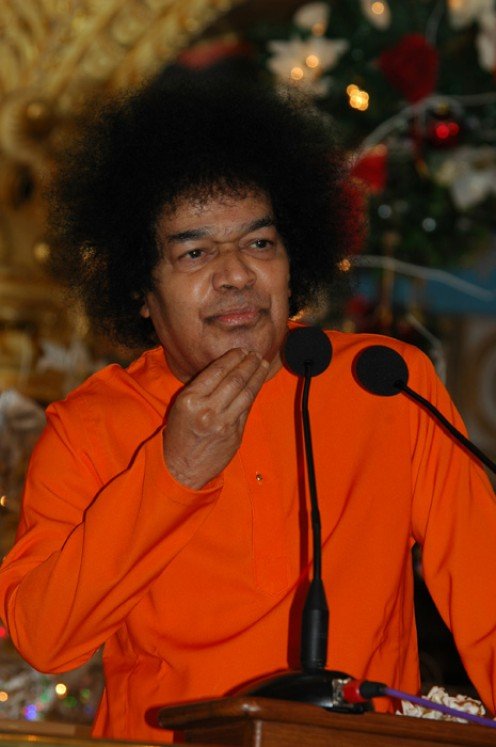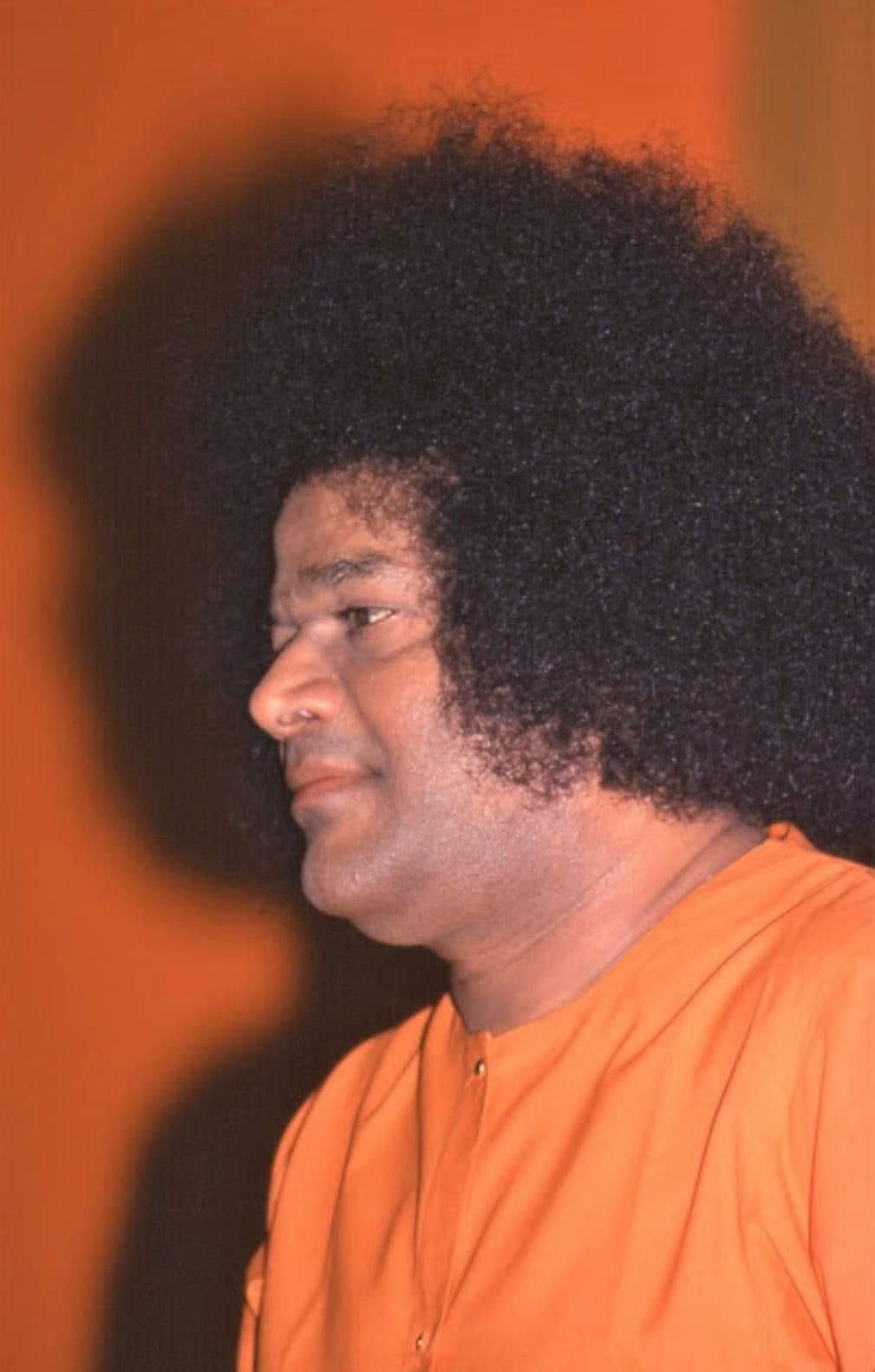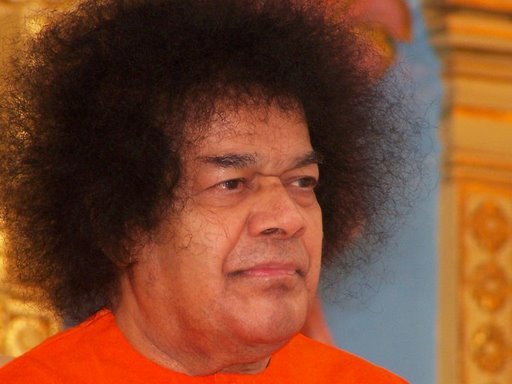
Its scenic ghat, steps to the river, and panoramic views of sunsets over the Brahmaputra make it both a spiritual and cultural landmark of Assam.

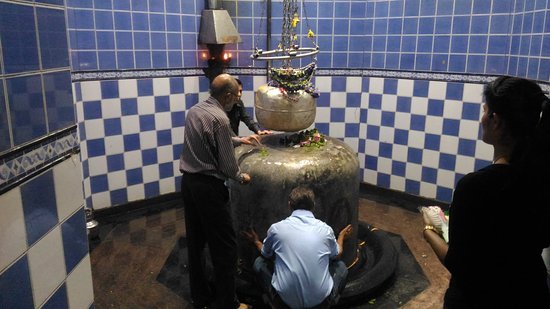

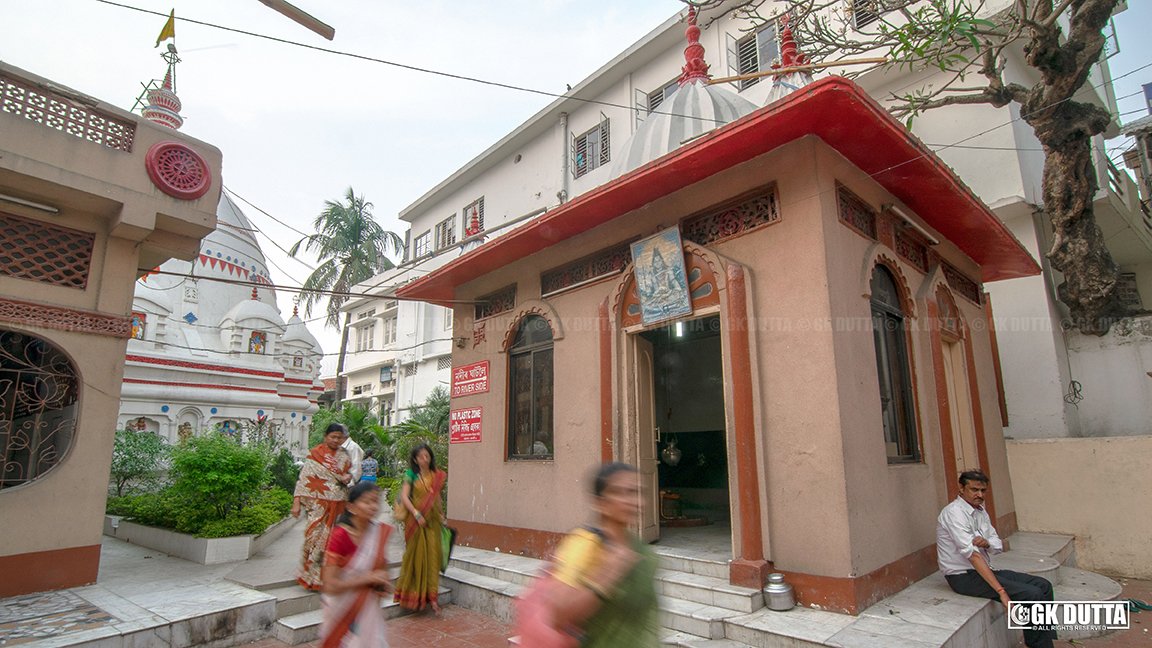


Architecture of the Temple
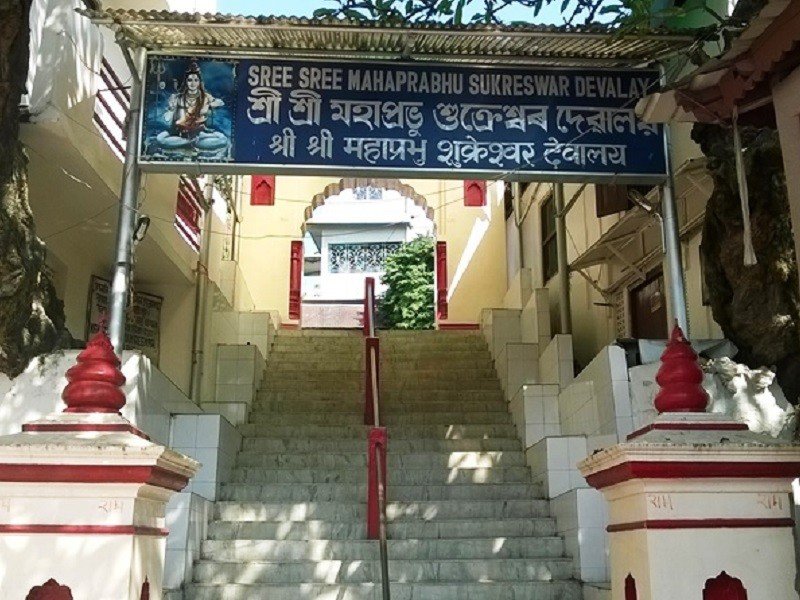
The temple’s design reflects the architecture of Assamese Hindu temples of the Ahom period, featuring functional elements such as halls (Nat Mandir) and ritual spaces.
The complex includes:
An adjacent Nat Mandir with an iron-sheeted roo
A Vishnu temple and additional ritual halls for puja and ceremonies including post-death rites.
A long flight of steps descending from the temple to the Brahmaputra riverbank, the Sukreswar Ghat, which serves both religious and scenic purposes.
How to Reach to Temple
By Rail: Just about 1–1.5 km from Guwahati Railway Station—it’s a short taxi or auto-rickshaw ride.
By Air: Nearest airport is Lokpriya Gopinath Bordoloi International Airport, approximately 20–21 km away.
By Road: Well-connected through roads; accessible via taxi, auto-rickshaw, or local buses
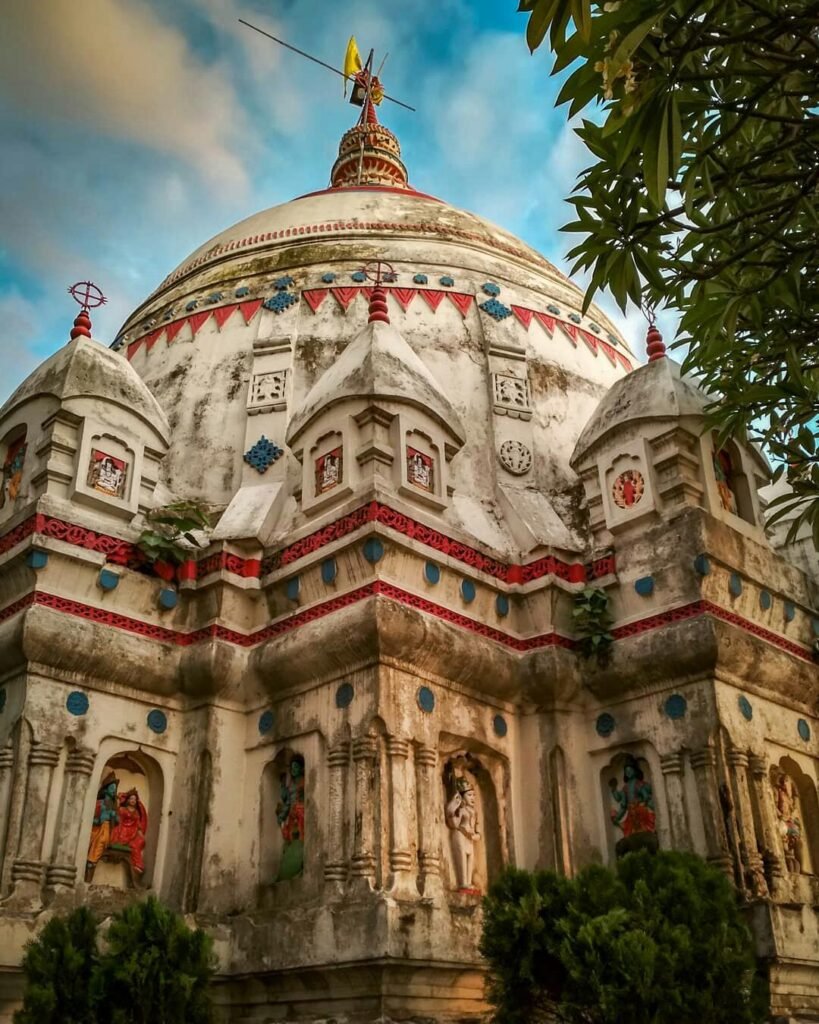
Temple Timings
